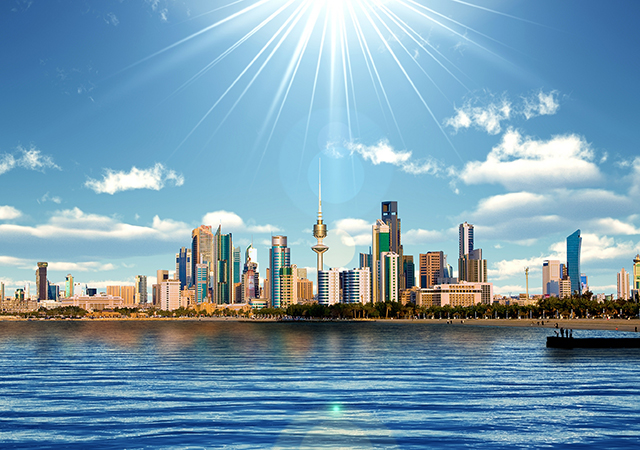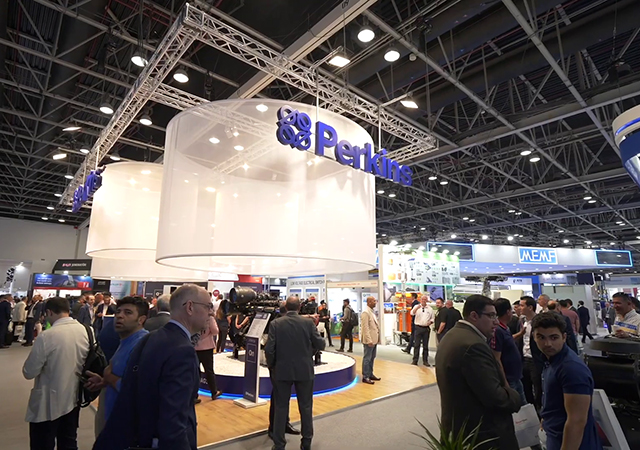
 The company’s global headquarters in Munich
The company’s global headquarters in Munich
Munich (Germany)-based Wacker Chemie has reported it achieved its sales target for 2015 and slightly exceeded its earnings expectations.
Group sales advanced by around 10 per cent to 5.30 billion euros ($5.92 billion) against 4.83 billion euros in 2014 with higher volumes and positive exchange-rate effects. Net income was 242 million euros, up 24 per cent year over year.
The company generated two-thirds of its sales through customers outside Europe – some 3.4 billion euros. Asia was its largest market, accounting for 43 per cent of group sales.
“Living standards in Asia are continuing to rise, which spurs demand for the high quality products we supply. We generated 2.3 billion euros in this region, a year-over year increase of almost 11 per cent,” said Dr Rudolf Staudigl, president and chief executive of the company.
Over half of the sales in Asia are accounted for by China including Taiwan. India is becoming increasingly important for growth in Asia. India sales rose 29 per cent to about 140 million euros.
The company’s business has also grown in the Americas to 945 million euros, up 17 per cent. In Europe, excluding Germany, Wacker’s 2015 sales amounted to 1.2 billion euros, up more than 6 per cent. The business also grew in Germany, where sales rose 3 per cent to 685 million euros.
Wacker’s earnings before interest, taxes, depreciation and amortisation (Ebitda) in 2015 reached 1,048 million euros against 1,042.3 million euros in the previous year and the corresponding Ebitda margin was 19.8 per cent.
For this year, Wacker is confident it will maintain its good performance in a volatile environment. In Q1 as a whole, it expects to generate group sales of just under 1.3 billion euros, against 1.33 billion euros for the same period in 2015.
Special income last year was down by one-third. Wacker Polysilicon posted in 2015 about 138 million euros in special income due to terminated contracts with solar customers. Such solar income had amounted to over 200 million euros in 2014. Adjusted for this effect, the group’s Ebitda was 911 million euros, 9 per cent more than in the previous year.
Sales from its three chemical divisions totaled 3.3 billion euros, 12 per cent more than in the previous year. “In contrast to the German chemical industry as a whole, we actually grew substantially,” said Staudigl. “The industry could not overcome the effect of lower prices, and its total sales, at 190 billion euros, stagnated at the prior-year level,” he added.
The Silicones division expanded its sales to over 1.9 billion euros, which was a year-over-year increase of 12 per cent. Favourable exchange rate effects and higher volumes were key reasons behind this improvement, Staudigl said. “In the mature markets of industrialised countries, demand for silicones is being driven by automotive applications, medical technology and electronics. Growing demand in emerging market economies is fueled, for instance, by advanced personal-care products which contain silicones.”
At the Polymers division, 2015 sales grew markedly to almost 1.2 billion euros. The increase of more than 11 per cent was attributed to higher volumes achieved for dispersions and, in particular, for dispersible polymer powders.
The Biosolutions division posted a noticeable sales rise last year, its sales climbing some 12 per cent to 197 million euros. The increase was mostly due to higher volumes and positive exchange-rate effects.
The Polysilicon business division increased its sales slightly to 1.06 billion euros. “In total we sold some 56,000 tonnes of polysilicon last year, thus setting a new volume record. But prices for solar silicon were actually much lower than in 2014, which weighed on sales,” said Staudigl.
Earnings for the Polysilicon business were down substantially with Ebitda coming in at 402 million euros. Staudigl explained: “The decline was attributable to two factors. Firstly, as already mentioned, the lower income from advance payments retained and damages received, and secondly the start-up costs incurred at the new Charleston (US) site.” In terms of operational performance, however, Polysilicon did very well, especially when the difficult price environment is taken into account. When adjusted for special income and start-up costs, the Ebitda margin was 33 per cent, he added.
Wacker’s semiconductor business continued to grow in 2015 in an environment the chief executive said was anything but easy. Sales climbed 9 per cent to 931 million euros. Volumes grew slightly but not as strongly as the company had expected at the start of 2015. Semiconductor manufacturers proceeded to reduce their inventory levels thus placing fewer orders, especially in the second half of the year, in response to sluggish demand for smartphones, tablets and PCs. The development also put pressure on
wafer prices.
Earnings were higher as well. With Ebitda of 124 million euros, Siltronic achieved an Ebitda margin of over 13 per cent. Siltronic measured to lower production costs even further and improved productivity helped increase earnings. On the other hand, currency-hedging losses reduced Siltronic’s Ebitda by 46 million euros in 2015.
Last year the company invested 834 million euros, 46 per cent more than in the previous year. “In spite of these markedly higher capital expenditures, our net cash flow is, in fact, slightly positive at 23 million euros. This means that we largely funded our investments with cash flow from operating activities. The proceeds from the IPO of Siltronic AG helped us as well. As of December 31, our total net financial debt therefore stood at under 1.3 billion euros and was thus at the level of the previous year,” said Staudigl.
The company’s investing activities remained focused on the construction of its new polysilicon site in Charleston, Tennessee, USA. About 550 million euros went toward this project in 2015, two-thirds of the company’s total investment spending. In December the start-up phase of the individual facilities began as planned. Wacker said the polysilicon produced in the US fully meets the high-quality standards it is familiar with from its German production sites.
The company has expanded production capacities for polymer products and silicones at Calvert City, US, and in Burghausen, Germany.










